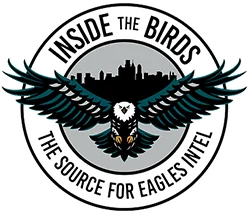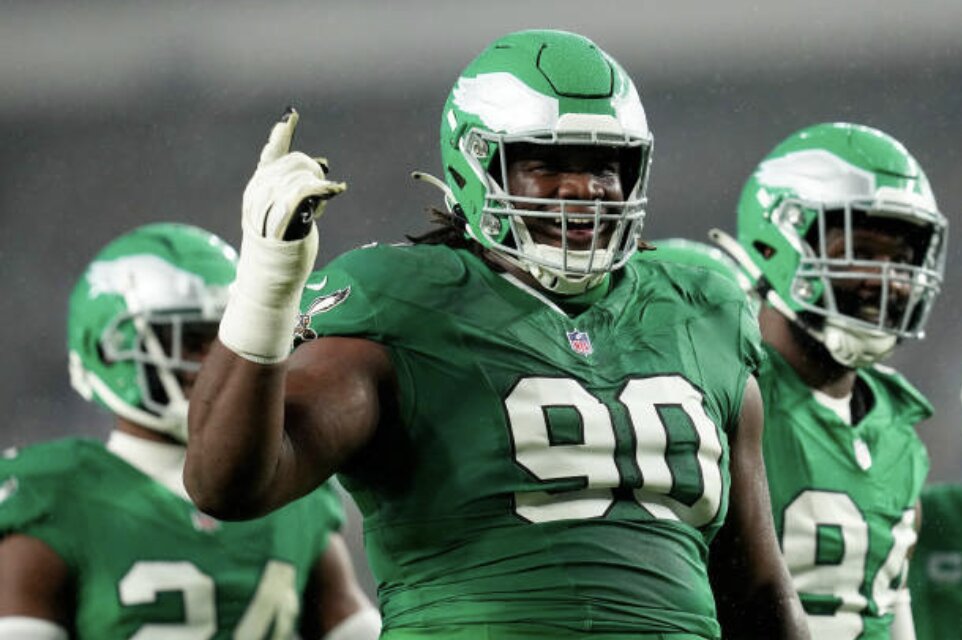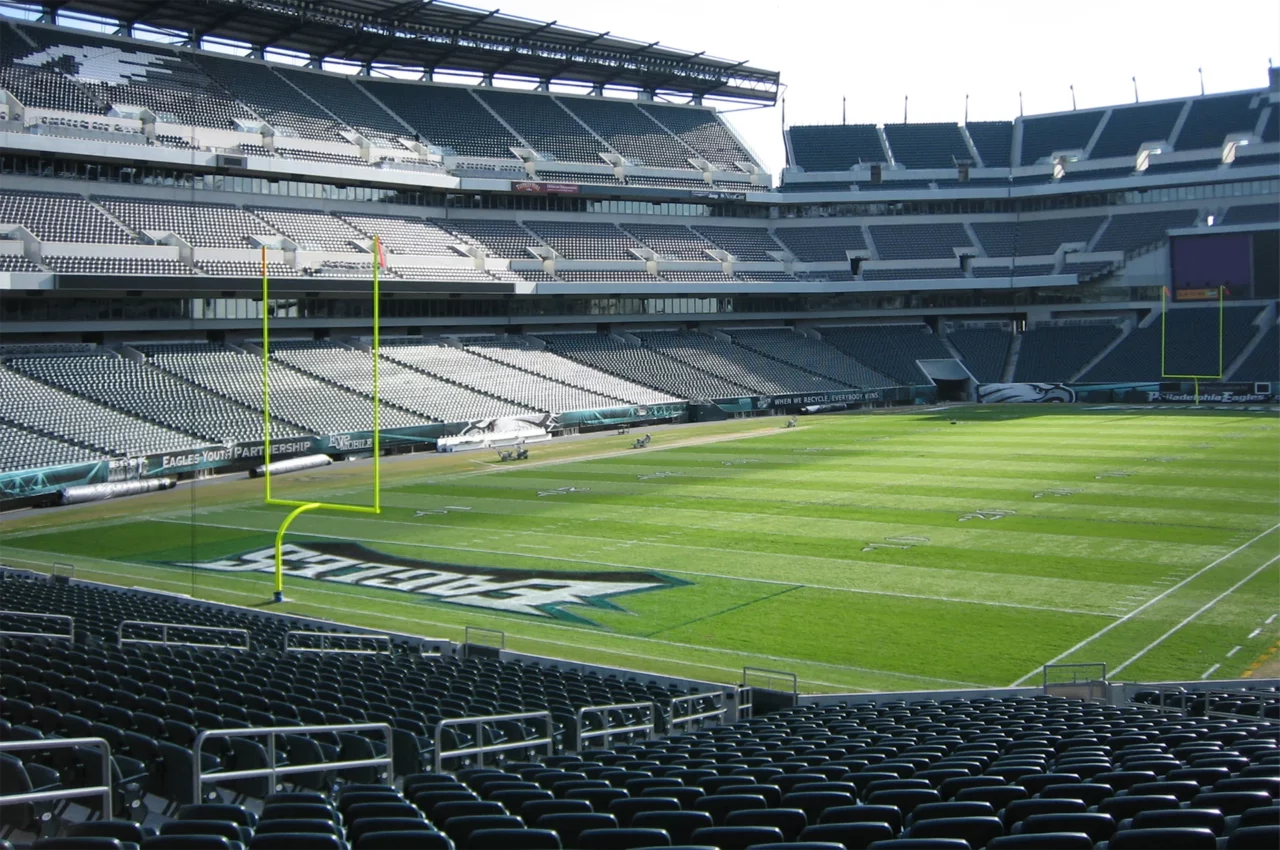ITB Fantasy Football: “Fortune Favors The Bold”
It’s become commonplace for fantasy football drafts to be held the week before the start of the regular season, as managers assess depth charts, sleeper prospects, and injury status.
With Week 1 fast approaching, here are some quick draft tips, sleepers, and players to avoid to help you plan for the season ahead.

Draft Tips
1. More often than not, the road to prominence begins with two high-end starters at running back within your first three picks. This year, regardless of where I’m drafting, I’m taking advantage of an extraordinarily deep wide receiver pool and nabbing two running backs with my first two picks. The position tends to dry up relatively quickly. If drafting towards the back end of a 10-to-12 team league, the case can certainly be made to select a premier non-running back playmaker, such as a Travis Kelce or Tyreek Hill, and land a running back at the top of Round 2, but that comes down to preference. I prefer going with two elite running backs to start and then landing someone like Allen Robinson – who offers top-10 potential — in Round 3.
2. Every league has at least one owner who inexplicably reaches for a quarterback, which subsequently shakes up the draft board. Don’t be that person. Instead, reap the benefits of their haste and fortify your roster by stockpiling crucial depth and talent at skill positions. If you can manage to wait until the seventh or eighth round, you can land a player like Jalen Hurts – a dual-threat starter with league-winning potential — or passers with an elite supporting cast, such as Matthew Stafford or Ryan Tannehill.
3. In the final rounds, I’m a big proponent of avoiding safe, household name options and swinging for the fences with a couple of potential lottery tickets. This move could set you apart from your competition and propel you into the playoffs amid injuries. As the saying goes, fortune favors the bold.
Three Sleepers
RB Chase Edmonds:
James Conner is a bulldozer who has played in 50 games in four seasons. While Conner’s punishing running style doesn’t lend itself to longstanding durability, Edmonds presents a strong case to be among this year’s top sleepers. Edmonds, who has comparatively played in 45 games in three years, has little tread on the tires – 217 carries – and is the most established receiving back on the Cardinals roster. Even with the vast array of pass-catchers at the team’s disposal, Edmonds accumulated 53 receptions for 402 yards and four touchdowns last season. With a wide-open path to snaps, look for Edmonds vaulting to the top of the depth chart. He won’t be a volume runner but should be a cheat code in PPR formats. It often comes down to opportunity, and Edmonds has that in Arizona. If you can land the Fordham product as an RB3/4, depending on the size of your league, you should be ecstatic.
WR Darnell Mooney
Mooney’s stock will skyrocket the moment Justin Fields is announced as the starting quarterback in Chicago, but nevertheless, the second-year receiver remains one of my favorite breakout candidates this season. Billed strictly as a deep threat throughout the pre-draft process in 2020, Mooney proved to be far more diverse. The 5-foot-10, 176-pound pass-catcher reeled in 61 receptions for 631 yards and four touchdowns on 98 pass targets as a rookie – a total that could have been exponentially greater with better quarterback play. The perpetually underrated Allen Robinson commands attention opposite Mooney, and the team added Marquise Goodwin and Damiere Byrd, which should alleviate any extra attention from the ascending wide receiver. Mooney’s breakout campaign includes 70-to-75 receptions for 850 yards and six touchdowns.
TE Juwan Johnson
Even before Adam Trautman and Nick Vannett were shelved, Johnson piqued my interest. Johnson, 6-foot-4, 231 pounds, was a former wide receiver at Penn State and Oregon who showcased his pro potential at the 2020 East-West Shrine Bowl. While Johnson doesn’t boast the requisite skill-set to play receiver at the NFL level, his impressive catch radius, athleticism, and body control made him a logical fit as a move tight end in the New Orleans offense – a transition the Saints implemented this summer. Johnson appeared fluid and comfortable in his new role during preseason play and seems to have established a bit of a rapport with quarterback Jameis Winston. With target monster Michael Thomas on the mend for at least the first six weeks of the season, someone will need to step up to aid the aerial attack. Johnson could be poised for a Jared Cook-like role in 2021.
Three To Avoid
RB D’Andre Swift
Opportunities for Swift to establish himself as one of the league’s top young running backs figure to be scarce, as the Lions offense is primed to be rather lackluster under new head coach Dan Campbell. Swift has also encountered injuries the past two summers – most recently, a groin injury – so questions surround his ability to withstand the season-long rigors that come with an increased workload. Additionally, Campbell has cultivated a physical, hard-nosed team mentality since arriving to the Motor City. With that in mind, look for free-agent addition Jamaal Williams (6-0, 213 pounds) to have a significant role as the between-tackles bruiser who could even start the season if Swift is unavailable. Depending on how your draft board falls, Swift could be your most enticing option. However, the better bet is waiting until later in the draft for value and snagging Williams.
RB Melvin Gordon
Gordon sits atop the Broncos’ depth chart for the time being, but his stranglehold on the job should be considered tenuous at best. The veteran running back enjoyed a bounce-back season in 2020, averaging 4.6 yards per carry and nearly eclipsing the 1,000-yard mark, but Denver selected former North Carolina running back Javonte Williams with the 35th pick in the 2021 NFL Draft. Selected to be the team’s three-down bell-cow, Williams is a well-rounded ball carrier and natural pass catcher. The Broncos didn’t invest premium draft capital for the 21-year-old to watch from the sidelines, and I think the torch is passed shortly after the first quarter of the season. Gordon will still have a role, but not sizable enough to warrant early round consideration.
WR D.J. Moore
While Moore offers tantalizing upside, concerns surround his weekly viability. Sure, the Carolina offense should benefit from the Sam Darnold acquisition, but the unit suddenly boasts a logjam of talent. The offense still runs through running back Christian McCaffery, but Darnold reunites with former Jets teammate Robby Anderson and will also have an ascending second-round wide receiver (Terrace Marshall) and athletic tight end (Dan Arnold) to consider. Since Darnold has a history of peppering his slot receivers with targets, Marshall could conceivably carve out a prominent role relatively early. Moore is a unique skill player, in that he can be moved around formations to capitalize on his big-play ability, but his production will likely be too volatile week-to-week to be considered a rock steady WR2.







Comments are closed here.